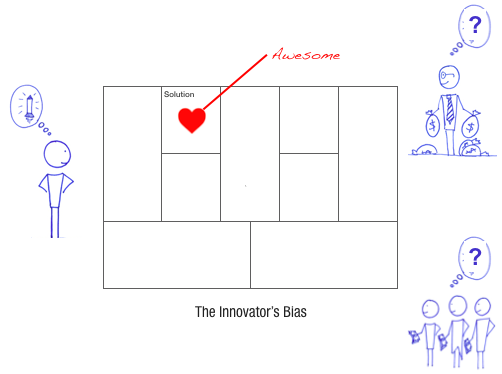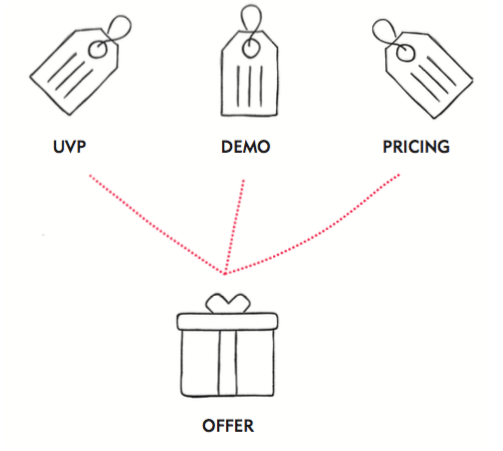How to Achieve Breakthrough by Embracing Constraints

The Audi race team had the goal of winning the prestigious Le Mans race. Both their closest competitors, BMW and Mercedes, had won the race before which made the goal particularly worthy of pursuing.
The obvious way to win a race is by building a faster car. However, building a significantly faster car is non-trivial. The chief engineer at Audi instead posed a different question to his team:
“How can we win Le Mans if our car cannot go faster than anyone else’s”?
Audi won Le Mans that year. Can you guess how?
Constraints Create Space for Innovation
They won the race, not by building a faster car, but a more efficient car. The Le Mans is a grueling twenty four hours race. During that time, cars have to be refueled multiple times.
By putting diesel technology into their race cars, Audi reduced the number of pitstops their car had to make which was the edge they needed to win.
Constraints Are Gifts
The word “constraint” evokes a negative feeling in most people.
Constraint (noun): something that limits or restricts someone or something.
When people face a constraint, they either fall victim and revise their ambition downward, or confront the constraint head-on and look for ways to lift it.
From a systems perspective, however, constraints are neither good nor bad. Every system always has one and correctly identifying that single constraint holds the key to practicing “right action, right time”.
The biggest results come from just a few key actions. The challenge, of course, is identifying where to focus and more importantly what not to do.
This mind shift is the first step towards breaking constraints.
Constraints Force Action
Entrepreneurs with an “awesome” idea encounter this same dilemma of limited constraints. When hit with a promising new idea, they either rush towards building out their solution or rush towards finding people with bags of money — so they can acquire the resources needed to rush towards building out their solution.

This is a backward approach. Many entrepreneurs fall victim to limited resources and never move their idea forward. Others that manage to brute-force their idea into a product often find that they have built something nobody wants.
The number one reason why new products fail is not a failure to build what we set out to build, but a failure to find the right customers and markets for our products. We simply waste needless time, money, and effort building the wrong product.
Here’s the kicker: You don’t need to first build a product to uncover what customers want.
As with the earlier example, entrepreneurs need to also embrace their starting constraints and ask themselves the following propelling questions:
How do I build what people want without a complete team?
How do I build what people want without money?
How do I build what people want without a lot of time?
Even if you don’t have apparent resource constraints (as in a large company), I find that you still need to constrain your resources as a necessary condition for driving breakthrough innovation.
So how do you build what people want with all these constraints?
Here’s the key insight: Starting constraints in innovation aren’t internal constraints but external (market) constraints.
Until you can demonstrate sufficient market demand for your idea, there is no point in building out your solution. Customer don’t care about your solution but your offer. Build that instead. You don’t need lots of time, money, or people to test an offer.

An offer is made up of three things: a unique value proposition (your promise), a demo (how you achieve the promise), and a pricing model (what you want in exchange). Starting with an offer, allows you to front load your riskiest customer and market assumptions and puts you on the right starting path for building what customers want.
The journey from there is not a straight shot. There will be unexpected twists and many more distractions along the way. The key to reaching your destination is continually staying focused on the right constraints and first asking:
“How can I achieve the goal without additional resources?
=======
This post is adapted from Ash Maurya’s new book, SCALING LEAN: Mastering the Key Metrics for Startup Growth.



